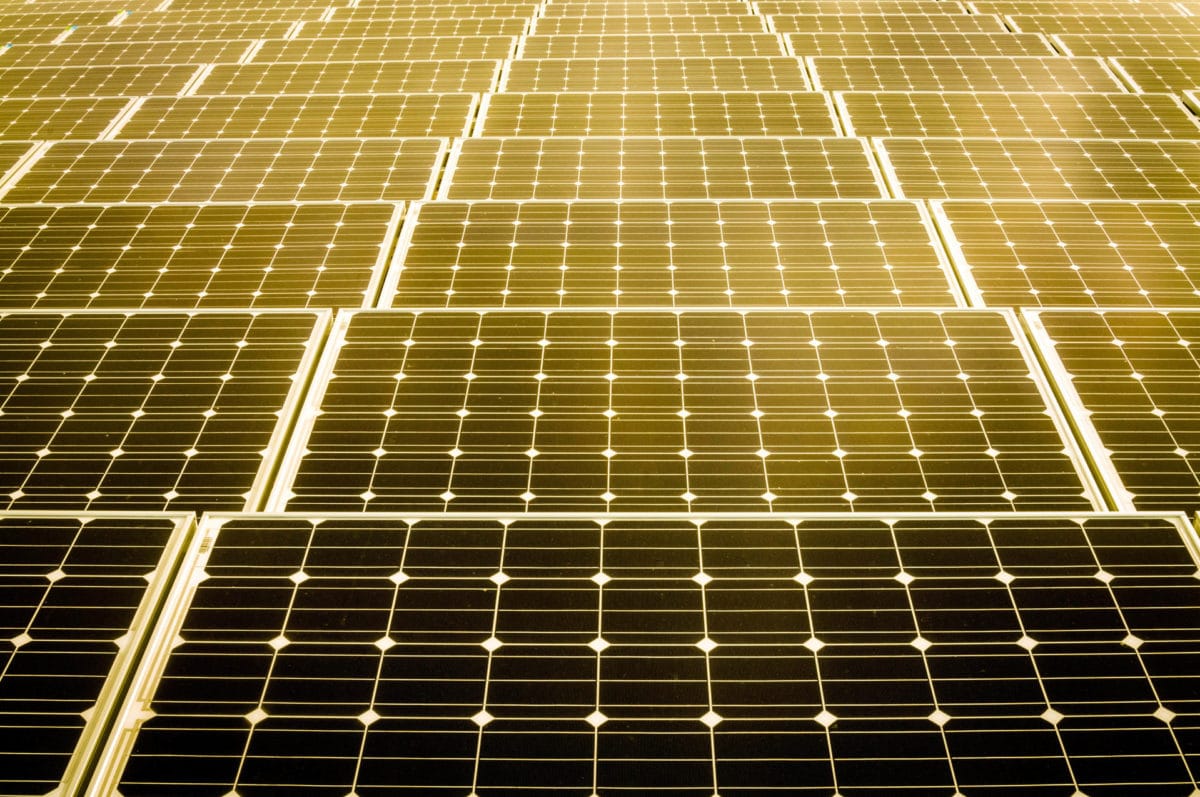The United States is going to install around 2 gigawatts of residential solar power in 2018. Projections suggest that 36% of this volume – 720 MW worth around $2 billion – will be owned by third parties, and we should see just over $1 billion worth of securitization of these assets in 2018.
Increasing volumes of securitized product, with an increasing number of transactions, will ease investor’s concerns about this product. And when market questions are answerable with data, the price people pay for money – interest rates – go down.

Dividend Solar has received a preliminary rating from the Kroll Bond Rating Agency (KBRA) for a portfolio of $103 million worth of residential solar power loans. The portfolio was rated investment grade, with $24 million being rated AA, $66 million rated A, and two $6 million tranches getting BBB and BB ratings.
Per the report, Dividend Finance – for the first time since its founding inception in Q1 2017 – has had “positive cash operating income” in Q3 2018.

KBRA summarized three portfolios securitized by Dividend over the past twelve months. The above image shows that interest rates have fallen from 6.6% in October of 2017, to 5.73% in this most recent offering. Later in the document, Solar Mosaic portfolios were also looked at over time – but they showed a consistent interest rate.
Most securitizations in the residential solar space covered by pv magazine have been for solar lease companies (for instance SunRun, SunPower, Vivint, Sunnova, Tesla), versus residential loan portfolios like this offered by Dividend. As such, the same data doesn’t exist for all securitization offerings.
The analysis goes through many risks associated with solar loans – relative youth of the industry being one of the largest variables. The report noted that six Dividend Finance customers lost their homes in the California wildfires.
Another risk noted was that many loans include a 16 month no-interest period, followed by a reamortization. This structure is probably in place to allow homeowners to monetize the 30% tax credit the following tax season.

As the Solar Finance Council noted here on pv magazine recently, the number of issuers and portfolios, along with deal sizes, are on an upward curve.
This content is protected by copyright and may not be reused. If you want to cooperate with us and would like to reuse some of our content, please contact: editors@pv-magazine.com.








By submitting this form you agree to pv magazine using your data for the purposes of publishing your comment.
Your personal data will only be disclosed or otherwise transmitted to third parties for the purposes of spam filtering or if this is necessary for technical maintenance of the website. Any other transfer to third parties will not take place unless this is justified on the basis of applicable data protection regulations or if pv magazine is legally obliged to do so.
You may revoke this consent at any time with effect for the future, in which case your personal data will be deleted immediately. Otherwise, your data will be deleted if pv magazine has processed your request or the purpose of data storage is fulfilled.
Further information on data privacy can be found in our Data Protection Policy.